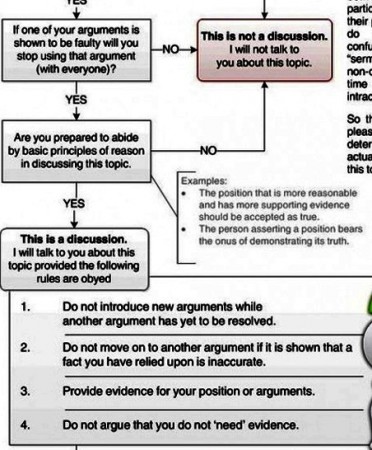When a student is struggling with a problem, and they just need that little boost to get them to the next level, they’re in Vygotsky’s Zone of Proximal Development, and it’s appropriate for the teacher to give them that crucial bit of help. The idea implies that students really have been trying to solve the problem so the help they get will be useful.
It also implies that the teacher can recognize precisely the help they need and deliver it, which is often easier than it sounds. As an adult, from a different generation and culture, and with more experience with these problems, I see problems very differently from my students. Indeed, experts solve problems by developing rules of thumb (heuristics) that speed problem solving by amalgamating large volumes of information. Unfortunately, for these heuristics to be meaningful, students often have to arrive at them themselves. Thus the student looking at the details is unable to communicate effectively with the expert who sees the big picture.
Peer-Teaching
One remedy Vygotsky advocated was peer-teaching. By letting students of similar but differing abilities work in groups, they can help each other: often a lot more effectively than a teacher would be able to. The teacher’s main interventions can be with the more advanced students who do not have anyone more knowledgeable to help, but who are best able to communicate with the teacher because of a smaller knowledge gap.
Practically, this suggests multi-aged classrooms, and a high level of vertical integration of the subject matter. Consider, for example, which topics from algebra, geometry and calculus might be appropriate for students from middle to high school to be working on together at the same time in the same room.
Scaffolding
Another, more typical, approach to this problem would be to provide all the extensive scaffolding – all the information including explicit demonstrations of ways of thought – that students need to get started, and then gradually take the scaffolding away so that they have to apply it all on their own.
In a high school laboratory science class, a teacher might provide scaffolding by first giving students detailed guides to carrying out experiments, then giving them brief outlines that they might use to structure experiments, and finally asking them to set up experiments entirely on their own.
Slavin (2005) (online resources): Classroom Applications of Vygotsky’s Theory.
In Combination
Elements of both these approaches are necessary – and they’re not mutually exclusive. The scaffolding perspective is most important when introducing something completely new, because they’re all novices at that point. But as you build it into the classroom culture in a multi-aged classroom where there is institutional memory and peer-teaching, then the job of the teacher evolves more into maintaining the standards and expectations, and reduces (but does not eliminate) the need for repeatedly providing the full scaffolding.





